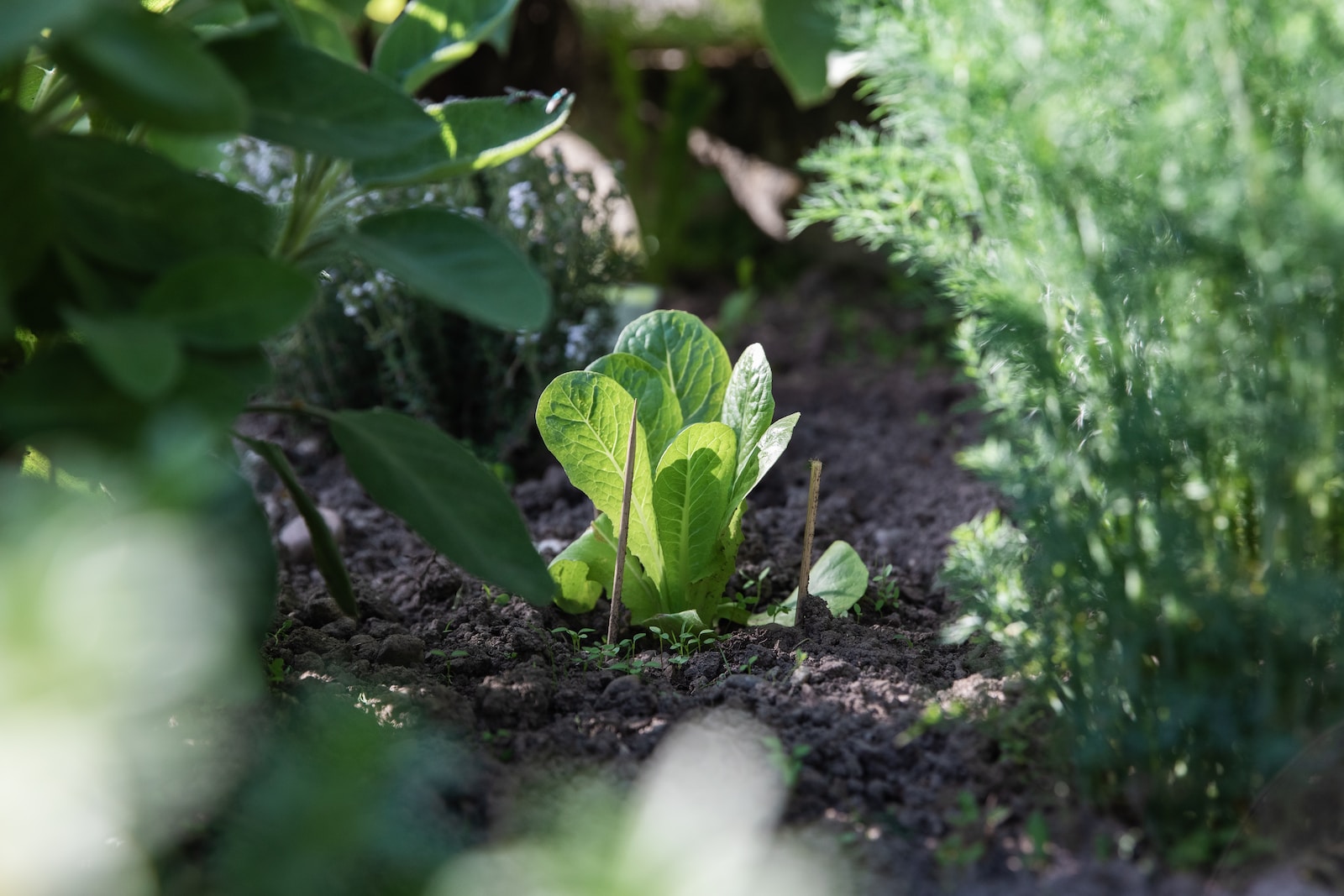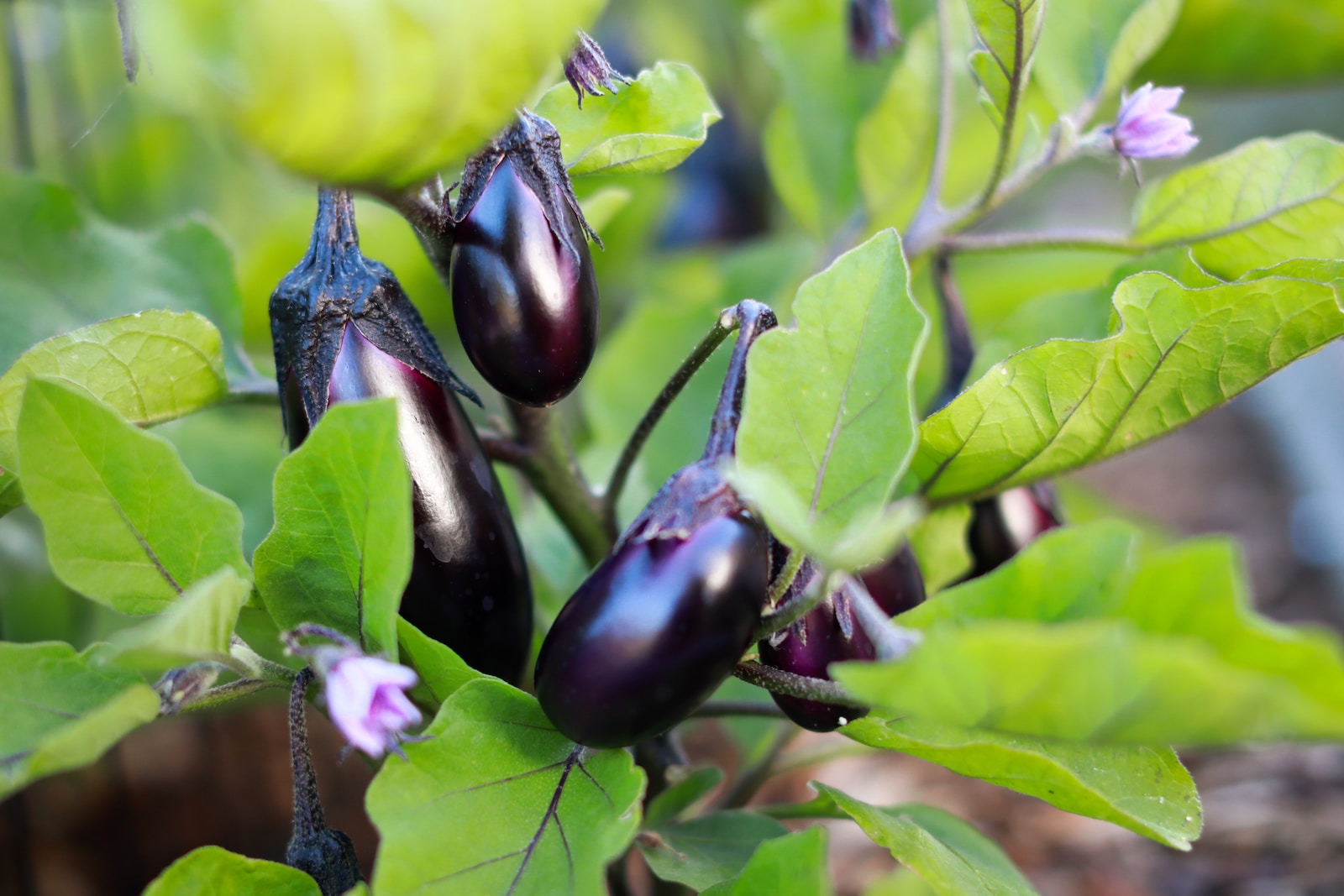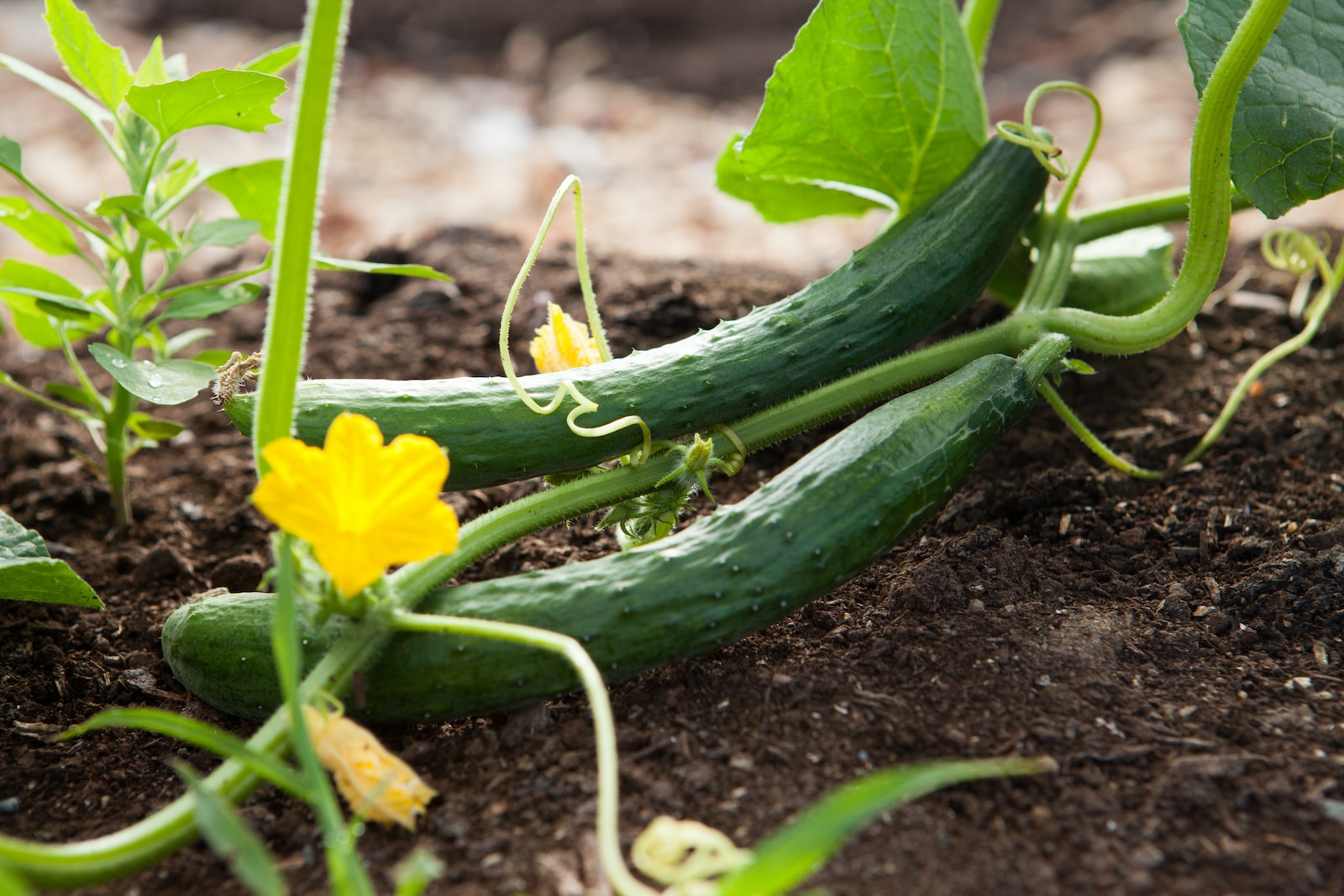The garden, a place of beauty and bounty, has long been a symbol of self-sufficiency and connection to nature. And what could be more satisfying than harvesting your own fresh produce from a vegetable garden you planned and cultivated? Whether you’re an experienced green thumb or a gardening newbie, this comprehensive guide will provide you with all the information you need to successfully plan your vegetable garden.
Introduction
Why Start a Vegetable Garden?
A vegetable garden is more than just an aesthetic addition to your backyard. Growing your own food can greatly contribute to a healthier lifestyle. It encourages a diet rich in fruits and vegetables, promotes physical activity, and provides a rewarding hobby that connects us to the earth. Plus, it’s a fun, engaging activity that the whole family can enjoy together.
Benefits of Growing Your Own Vegetables
Growing your own vegetables has numerous benefits. First, homegrown vegetables are often higher in nutritional value compared to store-bought varieties. They’re harvested at peak ripeness, ensuring maximum nutrient content. Second, you can save money on groceries. Third, by growing your own produce, you have control over what goes into your soil and onto your plants, allowing you to avoid harmful pesticides and chemical fertilizers. Lastly, there’s the simple satisfaction of eating something you’ve grown yourself—a reward that can’t be bought.
Determining Your Garden Size and Location
Assessing Available Space
Before you start planting, you must first assess the available space. Consider the size of your yard and how much of it you want to dedicate to your vegetable garden. Remember, you don’t need a large space to grow your own food. Even small areas, balconies, or containers can be used to grow a variety of vegetables.
Considering Sunlight and Soil Quality
Two crucial factors for a successful vegetable garden are sunlight and soil quality. Most vegetables require at least 6-8 hours of direct sunlight per day. Observe your yard to determine the sunniest spots. As for soil, it should be well-drained and rich in organic matter. You can conduct a simple soil test to determine its pH and nutrient levels.

Choosing the Right Vegetables to Grow
Assessing Climate and Hardiness Zones
The climate in your area and your USDA hardiness zone will largely determine what types of vegetables you can grow. Some vegetables like tomatoes, peppers, and cucumbers require warm weather, while others like broccoli, spinach, and peas can tolerate cooler temperatures. Understanding your local climate and hardiness zones will help ensure that your efforts aren’t wasted on plants that won’t thrive.
Selecting Vegetables Based on Personal Preferences
While climate and hardiness zones are significant factors, personal preference is equally important. Grow vegetables you and your family enjoy eating. There’s no point in growing radishes or eggplants if no one in your household likes them. Plus, homegrown vegetables always taste better!
Planning for Succession Planting
Succession planting is a technique that maximizes garden productivity. It involves planting crops in staggered sequences instead of all at once, ensuring a continuous harvest throughout the growing season. This requires careful planning but can yield great results.
Planning Your Garden Layout
Mapping Out the Garden Beds
Once you’ve chosen your vegetables, it’s time to map out your garden beds. Consider the size and growth habits of each plant—taller ones should be placed where they won’t cast shadows on shorter ones. Also, think about accessibility for watering, weeding, and harvesting. Plan your paths accordingly.
Considering Companion Planting
Companion planting is an age-old practice that involves growing certain plants together for mutual benefit. Some plants can help each other by deterring pests, improving soil health, or enhancing flavor. For example, planting basil with tomatoes can help repel pests and enhance the flavor of the tomatoes.
Rotating Crops for Soil Health
Crop rotation is another important aspect of garden planning. This practice involves changing the location of specific crops each year to prevent the buildup of pests and diseases and enhance soil fertility. Crop rotation can help maintain a healthy, productive garden year after year.
Preparing the Soil
Testing and Amending the Soil
Healthy soil is the foundation of a successful vegetable garden. Start by testing your soil to understand its pH and nutrient levels. Then, amend it as necessary with compost, manure, or organic fertilizers to improve its fertility and structure.
Clearing Weeds and Debris
Before planting, make sure to clear your garden beds of any weeds or debris. Weeds compete with your vegetables for nutrients, water, and sunlight, so it’s essential to remove them. Debris can harbor pests and diseases, so it should also be cleared away.
Adding Organic Matter and Fertilizers
Adding organic matter like compost or well-rotted manure can greatly enhance soil fertility and structure. This is especially important in vegetable gardens, as growing vegetables can quickly deplete the soil of necessary nutrients. Organic fertilizers can also be used to provide additional nutrients.
Starting Seeds or Buying Seedlings
Understanding Seed Starting Basics
Starting your own seeds gives you a wider choice of varieties and can save you money. However, it requires some planning. You’ll need to start seeds indoors about 6-8 weeks before the last expected frost. Some crops, like beans and squash, are better sown directly into the garden.
Choosing Between Seeds and Seedlings
If you’re new to gardening, you might find it easier to start with seedlings, also known as transplants or starts. These are young plants that have been started by a nursery, ready for you to plant in your garden. They can give you a head start on the growing season and are especially useful for crops that take a long time to mature, like tomatoes and peppers.
Caring for Seedlings
Once your seeds have germinated, they require careful care. Keep them well-watered but not waterlogged, provide plenty of light, and protect them from extreme temperatures. Once the danger of frost has passed, gradually acclimate them to outdoor conditions before transplanting them into the garden.

Transplanting Seedlings and Direct Sowing
Transplanting Seedlings into the Garden
When your seedlings are ready, it’s time to transplant them into the garden. Choose a calm, overcast day for transplanting to minimize stress on the plants. Dig a hole slightly larger than the root ball of the seedling, gently remove it from its container, and place it in the hole. Fill in the soil around the roots, firming it gently. Water the transplants immediately after planting to help them settle in.
Directly Sowing Seeds
Some vegetables, like carrots, lettuce, and radishes, are best sown directly into the garden. Prepare the soil by loosening it and removing any large clumps or rocks. Follow the seed packet instructions for proper spacing and depth. Plant the seeds, cover them with soil, and gently pat it down. Keep the soil consistently moist until the seeds germinate.
Proper Spacing and Depth
Whether you’re transplanting seedlings or sowing seeds, proper spacing is crucial for healthy plant growth. Crowded plants can compete for resources and become more susceptible to diseases. Follow the recommended spacing guidelines for each vegetable. As for seed depth, a general rule of thumb is to plant seeds at a depth two to three times their diameter.
Watering and Irrigation
Determining Water Needs
Water is essential for plant growth, but different plants have different water requirements. Factors like temperature, humidity, and rainfall also affect how much water your garden needs. As a general rule, most vegetables require about 1-1.5 inches of water per week, either from rainfall or supplemental watering.
Watering Techniques and Frequency
When it comes to watering your vegetable garden, it’s important to water deeply and infrequently rather than shallowly and frequently. This encourages plants to develop deep root systems, making them more resilient and drought-tolerant. Water in the morning to allow foliage to dry before evening, as wet leaves can promote fungal diseases.
Setting Up an Irrigation System
If you have a larger garden or want to simplify watering, consider setting up an irrigation system. Drip irrigation is an efficient method that delivers water directly to the roots, minimizing evaporation and reducing weed growth. It can be set on a timer, ensuring consistent and efficient watering.
Pest Control and Disease Prevention
Identifying Common Garden Pests
Unfortunately, vegetable gardens can attract unwanted visitors in the form of pests. Common garden pests include aphids, slugs, snails, and caterpillars. It’s important to identify these pests early so you can take appropriate measures to control them.
Natural and Organic Pest Control Methods
To protect your vegetables without resorting to harmful chemicals, try natural and organic pest control methods. These include handpicking pests, using insecticidal soaps or neem oil, attracting beneficial insects, and creating physical barriers like nets or fences.
Preventing and Managing Plant Diseases
Plant diseases can quickly spread and devastate a vegetable garden. To prevent diseases, practice good garden hygiene by removing diseased plants and debris promptly. Choose disease-resistant varieties when possible and avoid overcrowding plants. If diseases do appear, use organic fungicides or follow cultural practices like crop rotation to manage them.
Harvesting and Maintaining Your Vegetables
Knowing When to Harvest
One of the joys of vegetable gardening is harvesting your crops when they’re at their peak of flavor and nutrition. Each vegetable has its own signs of readiness for harvest. For example, tomatoes should be picked when they’re fully colored but still firm, while lettuce should be harvested when the leaves are young and tender.
Proper Harvesting Techniques
To harvest your vegetables properly, use clean, sharp tools and handle them gently to avoid damage. Some vegetables, like beans and cucumbers, can be twisted or snapped off by hand, while others, like root vegetables, require digging or loosening the soil around them before lifting.
Regular Maintenance and Care
Even after the initial planting and harvesting, your vegetable garden will require regular maintenance and care. This includes watering, weeding, and monitoring for pests and diseases. Regularly inspect your plants for any signs of trouble and take action promptly to ensure the health and productivity of your garden.
Extending the Growing Season
Using Season Extenders
Season extenders are tools and techniques that help prolong the growing season, allowing you to enjoy fresh vegetables for a longer period. Examples of season extenders include row covers, cloches, and cold frames. These provide protection from frost and allow you to start planting earlier in the spring or continue harvesting into late fall.
Cold Frames and Greenhouses
Cold frames and greenhouses offer even more protection and control over the growing environment. They create a microclimate where you can grow vegetables throughout the year, regardless of the external weather conditions. With these structures, you can experiment with more delicate or exotic crops that wouldn’t otherwise thrive in your climate.
Overwintering Crops
Some cold-hardy vegetables, like kale, Brussels sprouts, and leeks, can be overwintered in the garden. This means leaving them in the ground throughout the winter months, protected by mulch or row covers. They’ll continue to grow slowly and can be harvested as needed.
Garden Cleanup and Winter Preparation
Removing Spent Plants
As the growing season comes to an end, it’s time to clean up your garden. Remove any spent plants, includingdead or dying vegetation, to prevent the spread of diseases and pests. Pull out weeds and dispose of them, making sure not to compost any diseased plant material.
Mulching and Protecting Soil
After cleaning up, apply a layer of mulch to your garden beds. Mulch helps insulate the soil, suppresses weed growth, and improves moisture retention. Organic mulches like straw or leaves also break down over time, adding valuable organic matter to the soil.
Preparing for the Next Growing Season
Before winter sets in, take some time to prepare your garden for the next growing season. This may involve amending the soil with compost or organic fertilizers, repairing or replacing any garden structures, and planning for crop rotation in the coming year. Proper preparation now will set you up for success when spring arrives.
